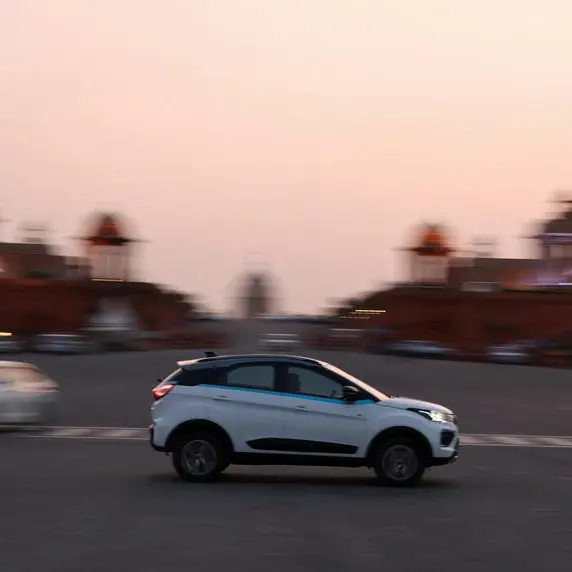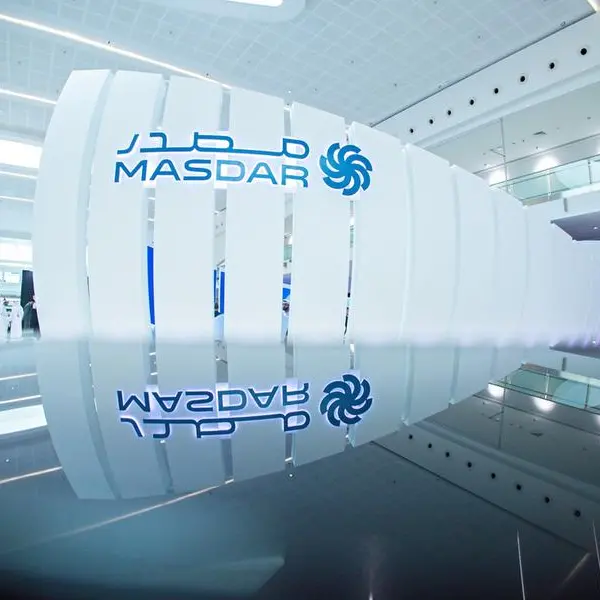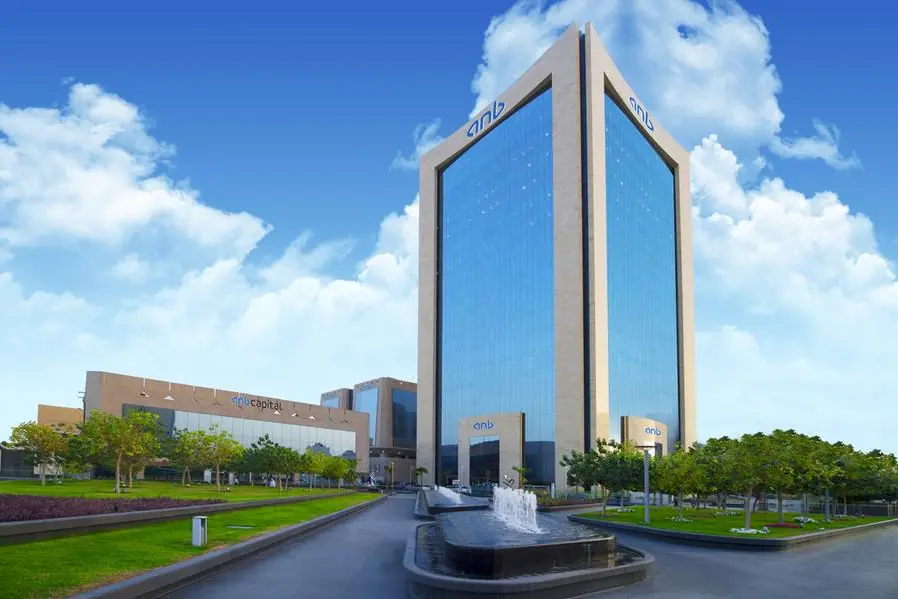PHOTO
Cloud kitchens existed long before the pandemic, but since the COVID-19 lockdown restrictions went into effect, adoption of the concept has skyrocketed in tandem with the increased demand for online deliveries.
Naji Haddad, Middle East General Manager, Deliverect, said the global cloud kitchen market is forecasted to reach $2.63 billion by 2026, four times larger than it was in 2018.
Deliverect is a global SaaS company that simplifies online order management for over 16,000 establishments across 30 markets.
Cloud kitchens are also called dark kitchens, ghost kitchens, and virtual restaurants. It is a separate delivery-only premise where food is prepared but there is no physical space for dine-in, and orders are placed online through websites or apps.
According to the POSist Restaurant Industry & Market Evolution Report, 70 percent of dine-in restaurants in the UAE considered the cloud kitchen concept after the first wave of COVID-19. “Although cloud kitchens were already gaining prominence in the UAE, several restaurants started pivoting to this model after COVID-19 due to lower setup costs and improved margins,” said Ashish Tulsian, POSist’s co-founder and CEO.
He continued: “The established restaurant chains and QSRs are experimenting with hybrid business models that combine dine-in, delivery, and takeaway into one experience, creating multiple revenue streams and reducing the burden on margins. By exploring investments in cloud kitchens and building an efficient delivery setup, [food-and-beverage] outlets will potentially increase unit growth, add more touchpoints to connect with diners, and above all, make a sustainable model in the longer run.”
GROWTH SCENE
The UAE cloud kitchen market is in the growth stage. Citing data from a report published on dark kitchens in the UAE by the Redseer, Tulsian said that the food-and-beverages market in the UAE is estimated at $35 billion and was growing by roughly 6.5 percent year-on-year before the pandemic.
“Multiple business models are emerging, such as KaaS (Kitchen-as-a-Service), virtual restaurants, and full-service satellite kitchens,” he said. “Players such as Kitopi and Talabat have also expanded the ‘dark kitchen’ concept and [are] bringing brands closers to the customer. From the supply end, online food delivery held an 8.3 percent penetration, with the tech-enabled dark kitchens being the fastest-growing segment, almost doubling in size over the last two years. The promising growth in the region [establishes the] cloud kitchen as an attractive investment opportunity in the longer run.”
THE ADVANTAGES
Haddad said that dark kitchens are an excellent way for restaurants to reduce overheads while increasing their capacity to cater to the expanded food-delivery market. “They don’t need to provide customer seating and waiting areas, which significantly lowers the cost of rent, and additionally, there’s no need to hire serving staff.”
“Dark kitchens also enable restaurants to experiment with new brands, menus and concepts easily,” he added. “There are no physical premises to consider when consumer food trends change, so delivery kitchens can quickly move on to a whole different menu or concept in no time. If a brand isn’t landing, they can quite create a new one and try again.”
He also noted that multiple virtual brands can be prepared in the same kitchen, targeting various segments and serving multiple demographics simultaneously. “Many traditional restaurants are leveraging the cloud kitchen model, which helps them reach a wider customer base while maintaining streamlined operations.”
Haddad added that customers in the UAE have come to expect speed and ease of the service sector. Therefore, he said, cloud kitchens fit their culture perfectly and meet their demand for quality and speed.
THE ROUTE AHEAD
“Recent data indicate that meal delivery orders globally increased by more than 150 percent from 2019 to mid-2021,” said Naim Maadad, a founding board member of the Dubai Restaurants Group and the Chief Executive and founder of Gates Hospitality. “UBS anticipates the food delivery market to grow more than ten times over ten years, from $35 billion per year to $365 billion."
Maadad noted, however, that despite the growth of the cloud kitchen concept during the pandemic, it is not going to replace the traditional kitchen permanently; the human touch of the culinary industry, where the chef can interact with patrons and talk about how their food was prepared, is a significant plus in the traditional kitchen.
“A cloud kitchen,” he continued, “is a commercial kitchen space that provides food businesses with the facilities and services needed to prepare menu items for delivery and takeout. In pandemic times, the cloud kitchen concept has gained acceptance due to the affordable costs involved in the starting up of the business. Some brands are partnering with outsourced cloud kitchens. But there is a considerable risk of quality not being consistent and sustained if your chefs are not involved in the food preparation.”
(Reporting by Hina Navin, editing by Seban Scaria)
Disclaimer: This article is provided for informational purposes only. The content does not provide tax, legal or investment advice or opinion regarding the suitability, value or profitability of any particular security, portfolio or investment strategy. Read our full disclaimer policy here.
© ZAWYA 2021





















